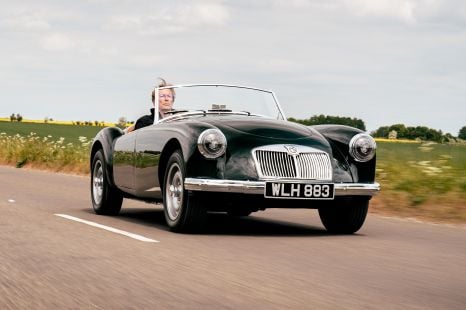

Angus MacKenzie
5 Days Ago
Ford’s fully electric Explorer SUV is on a whirlwind tour of the globe, and its next stop is Australia.
The Explorer is based on Volkswagen’s electric vehicle (EV) MEB architecture, and is touring the planet with travel blogger Lexie Alford (@LexieLimitless).
She is using the EV in an attempt to become the first person to circumnavigate the globe with a fully electric car, while durability testing is also a partial focus of the trip.
On each leg of the trip, the car is accompanied by an engineer to monitor the vehicle’s condition.
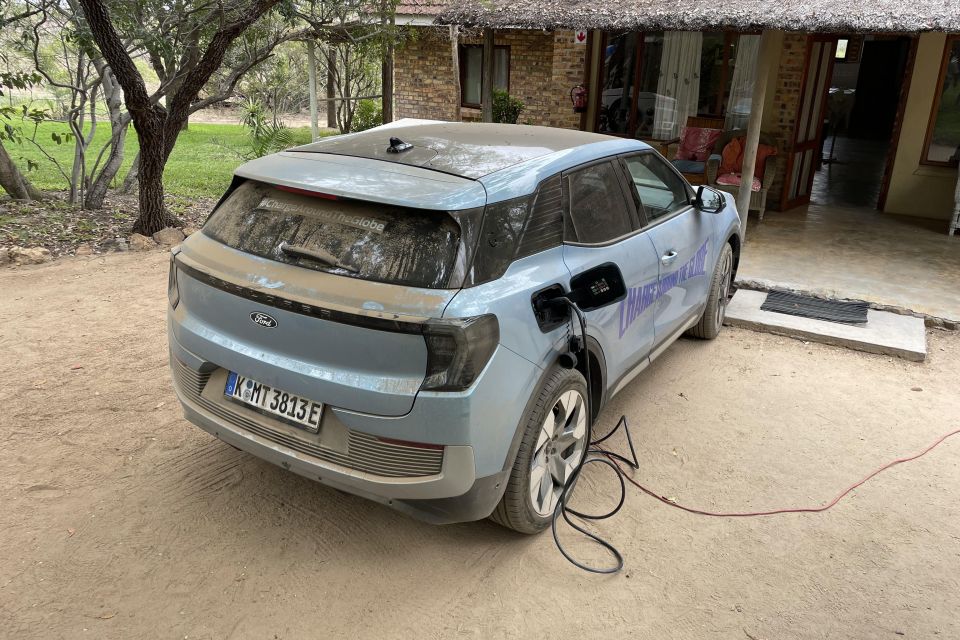
Most recently, the car has been touring around Africa, travelling from South Africa to Zimbabwe. The trip kicked off in Europe, where she covered over 5000 kilometres across ten countries.
The African leg of the journey shone a spotlight on the potential difficulties of touring with an EV however.
The Explorer reportedly handled the conditions better than expected, with Daniel Kottner, a Cologne-based launch engineer surprised with the positive progress.
“Only two tyres were damaged over the entire trip, most likely on the same stretch of gravel road,” said Mr Kottner.

“Both were rears, and we were lucky to have enough spares with us. The car has 20-inch wheels with low profile tyres, so it is quite impressive how well it handled the off road driving during the safari.”
Mr Kottner otherwise reported no faults with the vehicle, with charging becoming the biggest challenge touring in an EV.
In particular, rolling blackouts as a result of load shedding on South Africa’s and Zimbabwe’s power grids were a hurdle for the team.
While the charging speeds in South Africa were reportedly satisfactory on average, the team had to resort to charging the Explorer over multiple hours as they dealt with slow DC chargers.
In Zimbabwe, the EV was topped up through a mobile wallbox, which was carried with the EV.
Mr Kottner went on to explain a hiccup experienced while charging at a hotel.
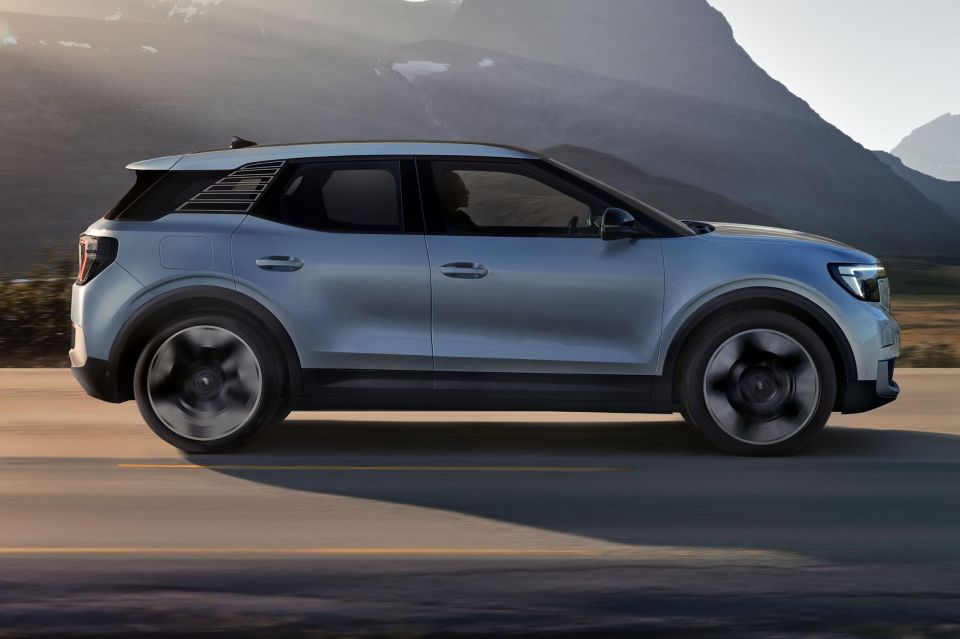
The Explorer’s charge port lock reportedly experienced a glitch, with the car entering an emergency charge mode, with charging speeds limited to less than one kilowatt.
The team was able to reset the car, fixing the issue, with Mr Kotter reasoning the glitch was caused by the charge cable not being inserted properly, or the cable being knocked by someone possibly tripping over it.
The Volkswagen-based Explorer EV is rumoured to be one of the five all-electric vehicles Ford Australia plans to have on sale by the end of 2024.
At this stage, the company has confirmed four of the five EVs set to be on sale by this deadline. These comprise the Mustang Mach-E and upcoming Puma EV crossovers, and the E-Transit and upcoming E-Transit Custom vans.

However, if the fifth EV Ford Australia plans to sell is the Explorer EV, this may have hit a snag.
Carwow reports sales of the Explorer have been delayed. The EV was initially meant to go on sale in late 2023, but delays have reportedly pushed that back to mid-2024.
The new European Explorer is the first of two confirmed vehicles from the Blue Oval to be based on the all-electric Volkswagen MEB architecture. The other is a “coupe” version, which rumours suggest will be known as the Explorer Sport or Capri.
Measuring 4460mm long, the Explorer EV is shorter than the related Volkswagen ID.4 crossover (4584mm), but longer than the Volkswagen ID.3 hatch (4262mm).
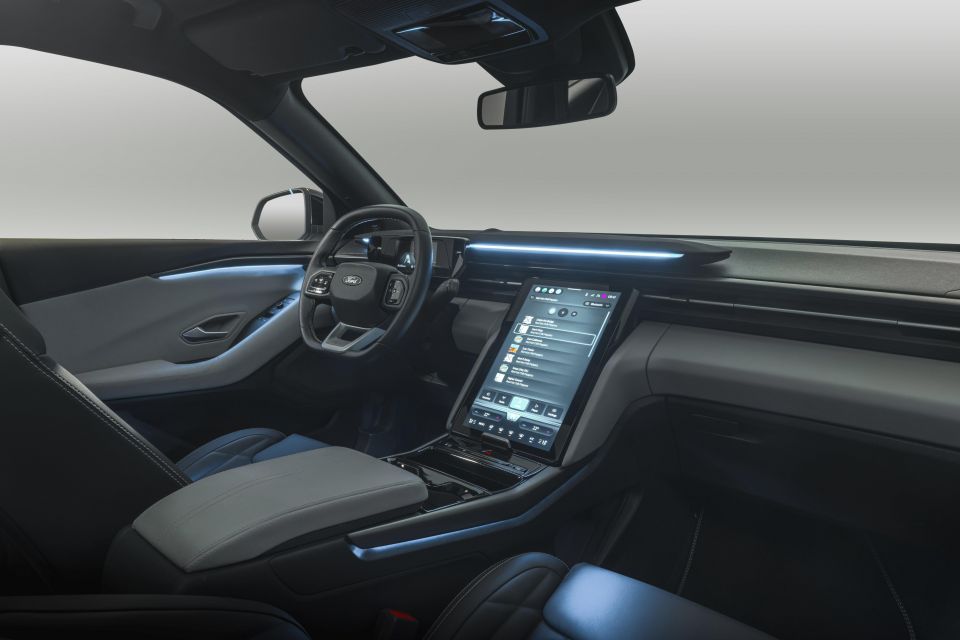
It’s also shorter than Ford’s own Escape/Kuga, which measures just over 4.6m long, and is considerably smaller than the unrelated combustion-powered Explorer – which, confusingly, is also sold in Europe.
Ford will offer the Explorer EV with 52kWh and 77kWh batteries, and says the most efficient variant will have a WLTP driving range of 509km between charges.
Initially the Explorer EV will offered with two single-motor rear-wheel drive options with either 125kW or 210kW available.
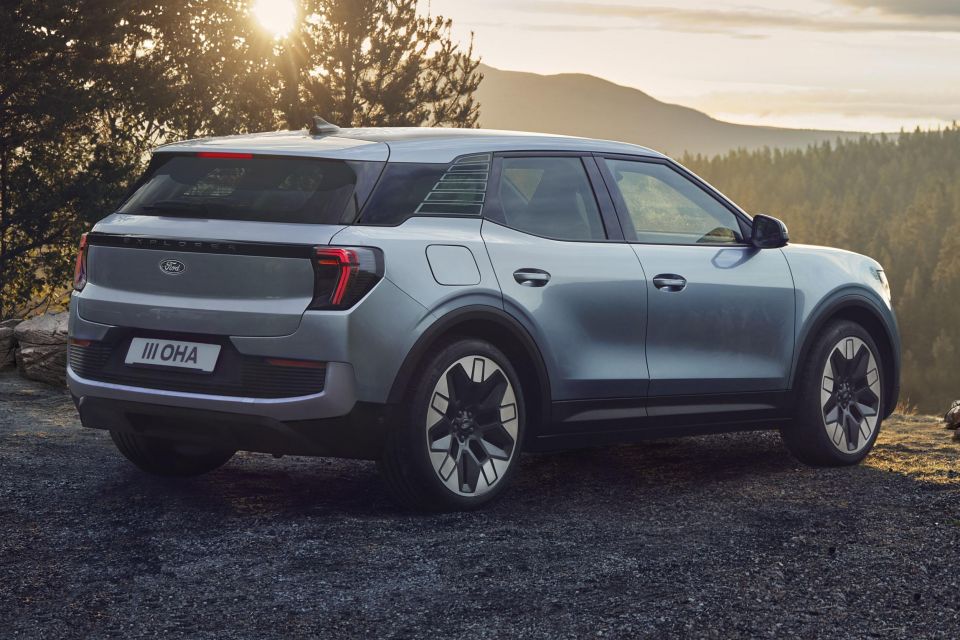
The top-spec model will feature a dual-motor all-wheel drive setup with a combined output of 250kW and 545Nm.
A sub-6.0 second 0-100km/h time is promised for the most powerful Explorer EV variant.
Production of the Explorer EV will take place in Cologne, Germany, previously home to the Fiesta. It’s unclear if the European Explorer will be sold outside the region.
Take advantage of Australia's BIGGEST new car website to find a great deal on a Ford.


Angus MacKenzie
5 Days Ago
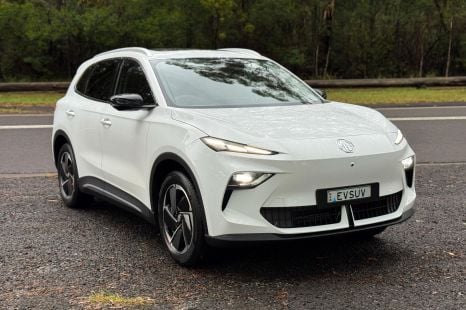

Matt Campbell
4 Days Ago
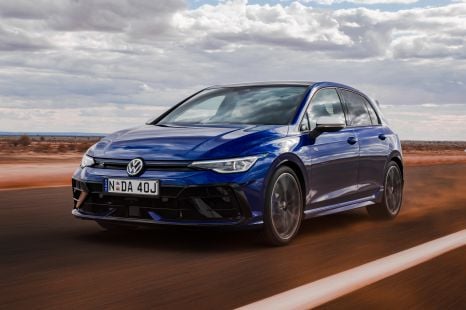

James Wong
3 Days Ago
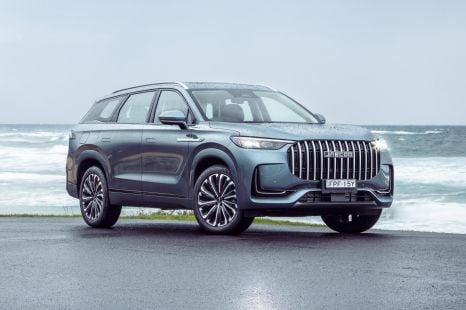

William Stopford
2 Days Ago
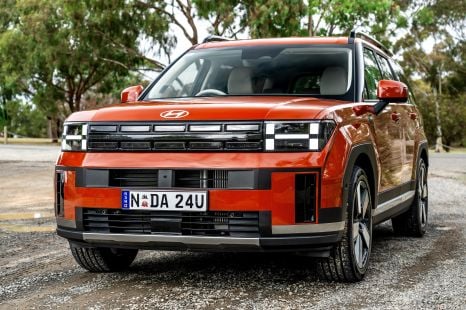

Max Davies
1 Day Ago


Damion Smy
20 Hours Ago